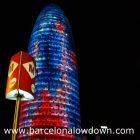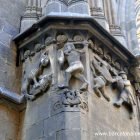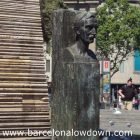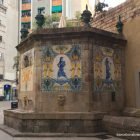Centrally located, at the north edge of the old town, the Parc de la Ciutadella is Barcelona’s best known and most popular park.
The seventeen-hectare park is home to Barcelona Zoo, the Catalan Parliament Building, two museums, a large fountain, a bandstand, a boating lake and a diverse collection of sculptures and monuments.
A green oasis in the heart of the city, the park takes its name from the large eighteenth-century bastion fortress which once occupied the site.
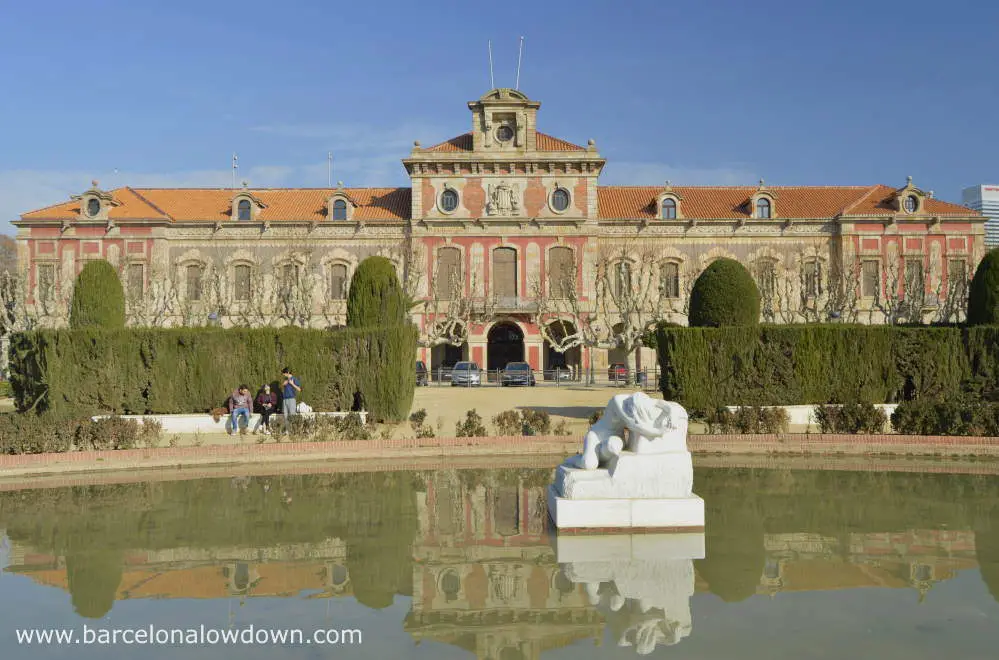
History of the Parc de la Ciutadella
At the beginning of the 18th Century, following the death of King Charles II of Spain, Europe was embroiled in a thirteen year long war, the War of the Spanish Succession.
When Charles II died he left Spain to Phillipe of Anjou, grandson of Louis XIV of France, who was crowned Philip V of Spain.
The idea of a united Spain and France didn’t go down well with the other European powers and England, the Netherlands, and Prussia banded together to put Archduke Charles of Austria on the Spanish throne.
In 1705 Barcelona fell to the allied forces and the Catalan Courts gave their support to the Archduke who was later crowned Charles III of Spain.
When Emperor Joseph I of Austria died in 1711 Charles III suddenly became Charles VI of Austria, Holy Roman Emperor. The prospect of Spain becoming part of the Austrian Empire was even less attractive to Austria’s European allies than Philip of Anjou being king of Spain.
In 1712 Philip V renounced his claim to the French throne and, the following year, the Utrecht Treaties were signed.
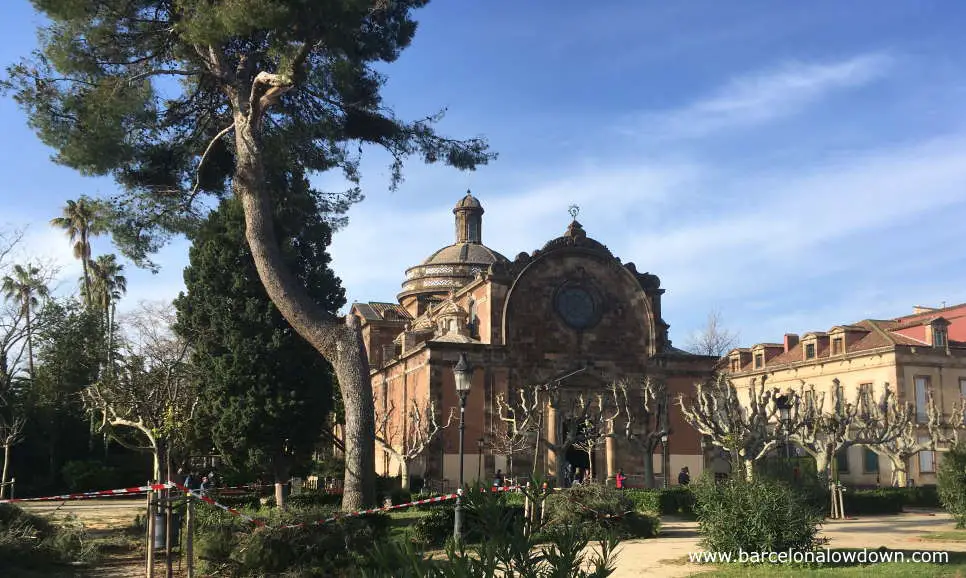
The treaties accepted that Philip V would rule Spain and its colonies. In return, Spain ceded Gibraltar and Menorca to Britain and made a series of trading agreements with both Britain and the Netherlands. Spanish territories in Italy and Flanders were divided between Austria and the Dutchy of Savoy. France ceded New Foundland, Nova Scotia and Saint Kitts to Britain.
At this point, the only resistance which remained against Philip Vs rule was in Catalonia. The war finally ended on the eleventh of September 1714 when Barcelona fell to Spanish and French Troops after enduring a year-long siege.
After the war, Philip V immediately revoked the Catalan institutions and imposed military rule in Barcelona. Montjuic Castle was rebuilt and enlarged, the Drassanes Royal Shipyard was converted into barracks and 1,200 houses were torn down in the La Ribera neighbourhood to make way for a large star-shaped Citadel.
The completed citadel occupied 28.5 hectares and could house up to 8,000 troops. This map shows the sheer scale of the fortress compared to the size of Barcelona at the time.
For over 150 years, the citadel stood as a reminder of the siege and symbol of repression. In 1869 it was handed over to the city of Barcelona and torn down to make way for a large park, El Parc de la Ciutadella. The citadel’s thick stone walls were demolished and only three buildings were left standing:
- The Arsenal, now home to the Catalan Parliament.
- The Governor’s Palace, now a secondary school.
- The Chapel, now the Military Parish Church.

The Remnants of Barcelona’s 18th Century Citadel in the Parc de la Ciutadella
The three buildings are located on either side of a rectangular garden which was originally a parade ground.
The Catalan Parliament Building (Arsenal)
The citadel’s arsenal was designed by Flemish born engineer Jorge Próspero Verboom.
When the citadel was demolished the arsenal was converted into a royal palace. The roof was raised up and balconies and other decorative features were added to the building’s façade.
The palace was used by the Catalan Parliament from 1932 until 1939 when Parliament was dissolved during the Spanish Civil War.
After the war, the building housed an art museum until 1980 when the Catalan Parliament was restored.
You can book a free guided tour here.
Verdaguer Secondary School (the Governor’s Palace)
Also designed by Jorge Próspero Verboom, since the demise of the fortress the governor’s house has been repurposed several times.
First, it was a Royal Palace, then a fire station, then a military barracks. Finally, in 1932 it was converted into a school.
The Military Parish Church
The only building which still serves its original purpose is the citadel’s small chapel.
The baroque-style church was designed by Alexandre de Rez and inspired by the Temple Du Marais in Paris.
Mass is celebrated at midday on Sundays and the church is closed to the public during the rest of the week.
Location
Ciutadella Park is located between the Gothic Quarter and the Olympic Marina.
How to get there:
The nearest metro stations are Ciutadella Vila Olímpica (L4), Barceloneta (L4) and Arc de Triomf (L1)
Other attractions nearby
El Born Cultural Centre
Barcelona Chocolate Museum
Picasso Museum
The Basilica of Santa Maria del Mar
Arc de Triomf
Map
Parc de la Ciutadella, s/n, Barcelona
Parc de la Ciutadella, s/n, Barcelona
Plaça de Joan Fiveller, Barcelona

